In the decade of the 1990s, chair designers experimented with form and material, resulting in a number of bizarre chair shapes. Conceivably the 20th century’s worst decade for truly notable chair designs (with several exceptions), the 1990s perhaps suffered from some end of century sense of superiority. In truth, it was the decade of overly inflated pop culture: The Spice Girls, Beverly Hills 90210 and Friends anyone? As a result, design was too impacted by an exaggerated sense of self.
W.W. Stool
Designed by Philippe Starck in 1990 for Vitra, the W.W. stool is named after German filmmaker Wim Wenders. Entirely surrealist in form, this particular ‘seat’ is more akin to a stool’s alternative definition, that being the root of a tree or plant from which shoots sprout. The W.W. stool is quite alien as a concept: an imaginative Starck creation, it is both beautiful and unsightly at the same time.
RELATED: 9 Iconic Chair Designs From The 1980s
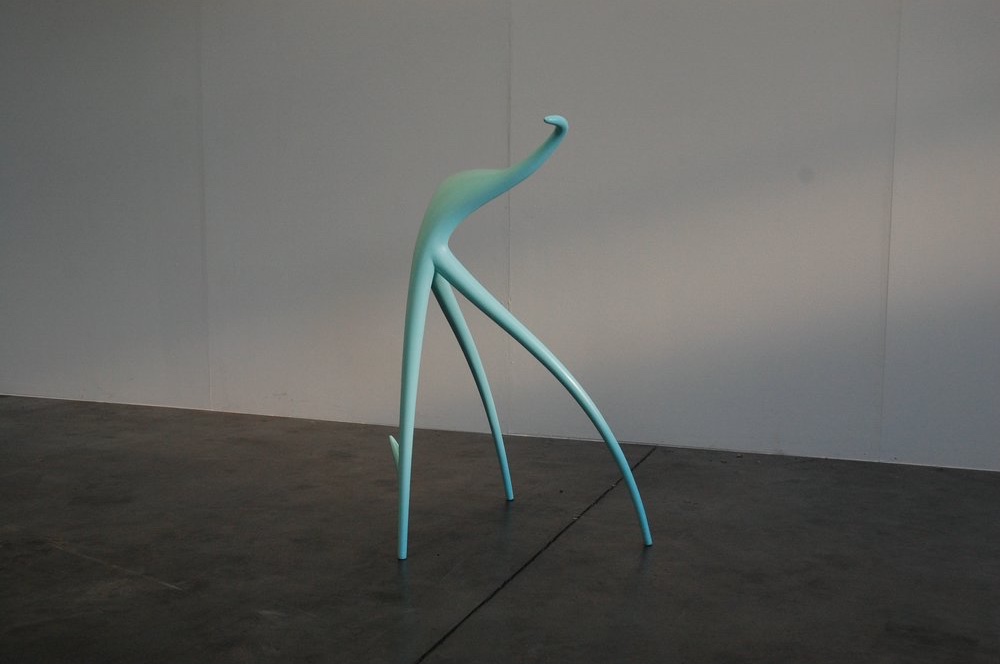
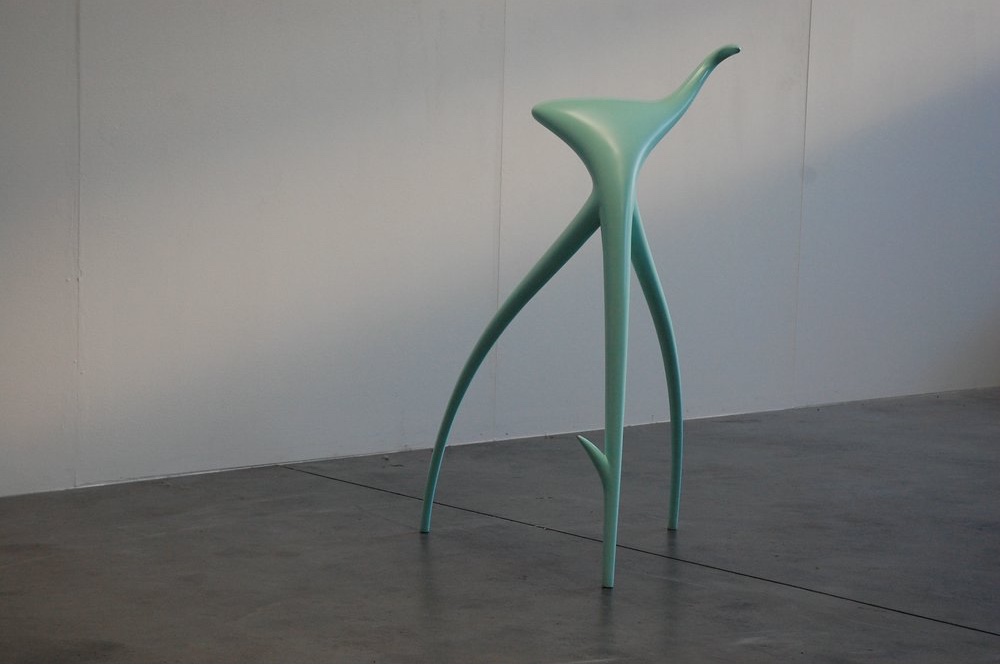
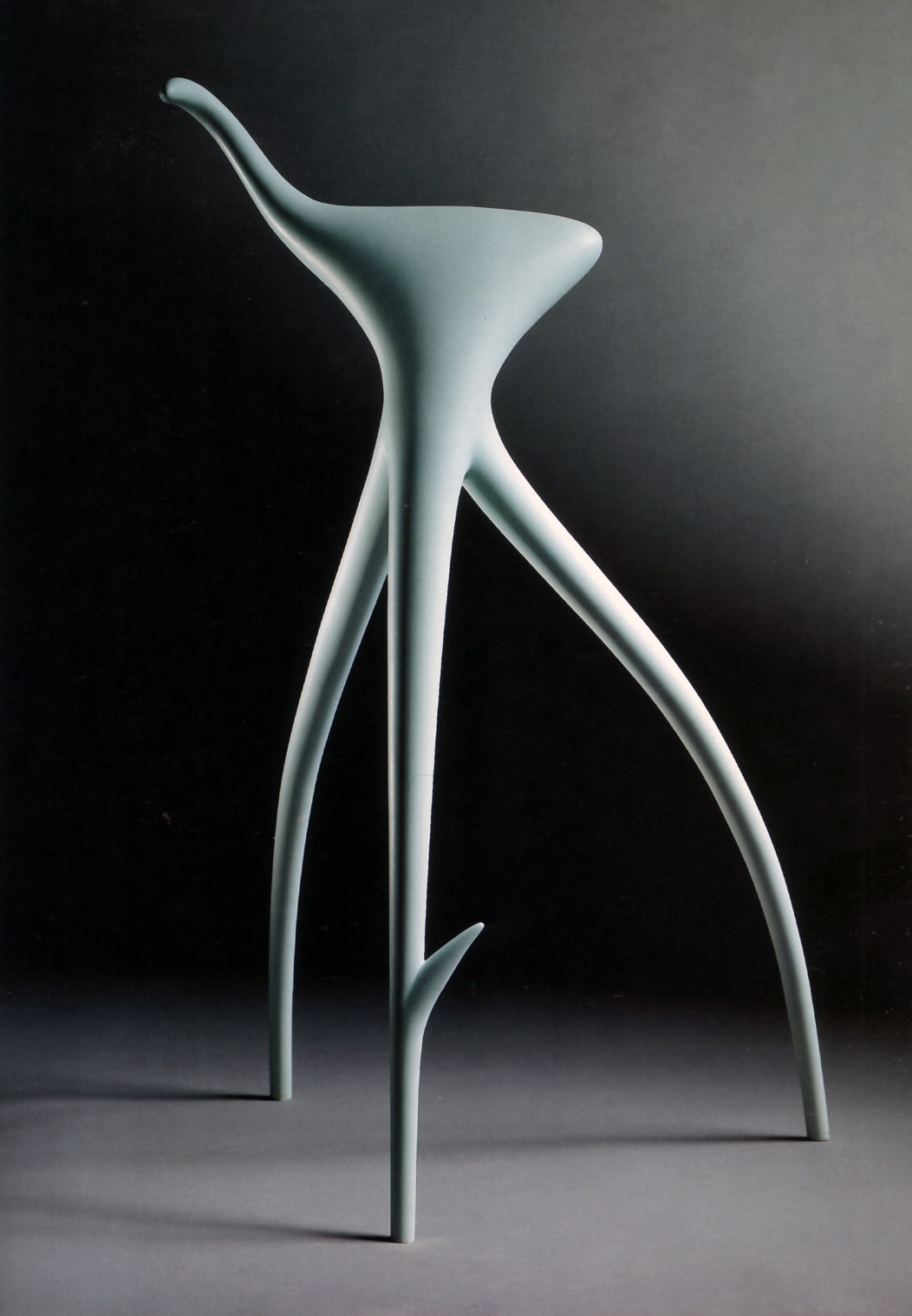
Cross Check™ Chair
Designed in 1990 by Frank Gehry for Knoll, the Cross Check™ chair was inspired by the apple crates on which the architect played as a child. The chair’s ribbon-like design is crafted using bentwood, resulting in a convoluted and challenging structure (not dissimilar from the designer’s various architectural masterpieces). Of the Cross Check™ chair, Gehry observed: “Everything I’ve always done has been a reaction against the usual expectations of the furniture market. I wanted the chair to come out of my own work [and] the shapes of my buildings.” (Source: Knoll)
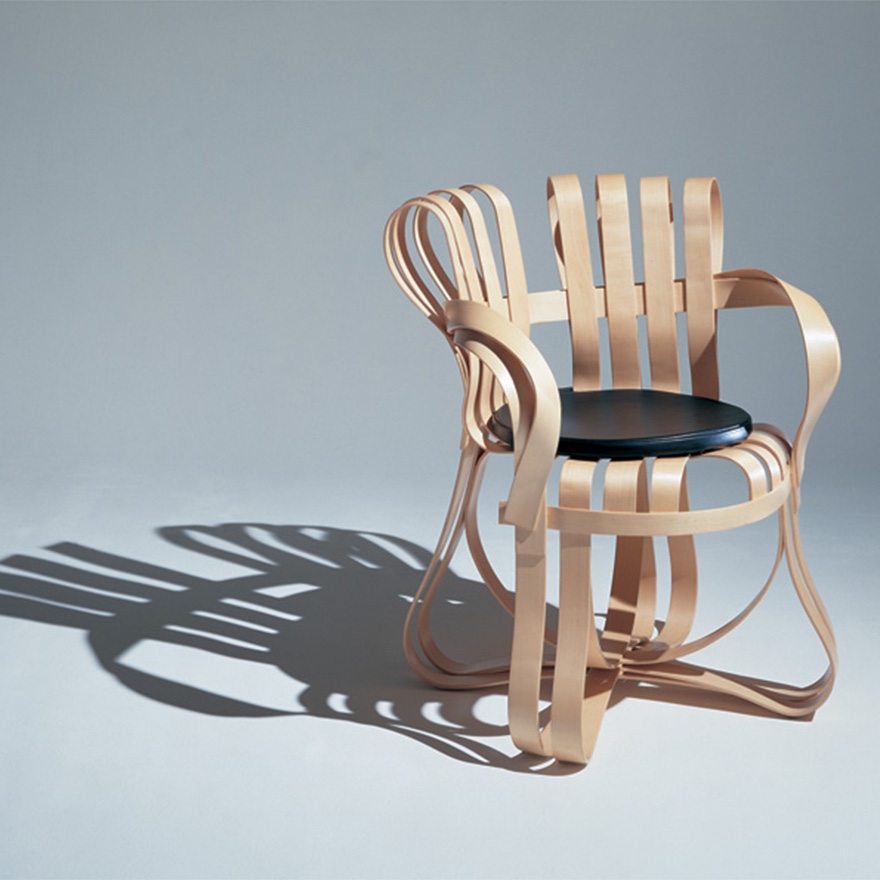
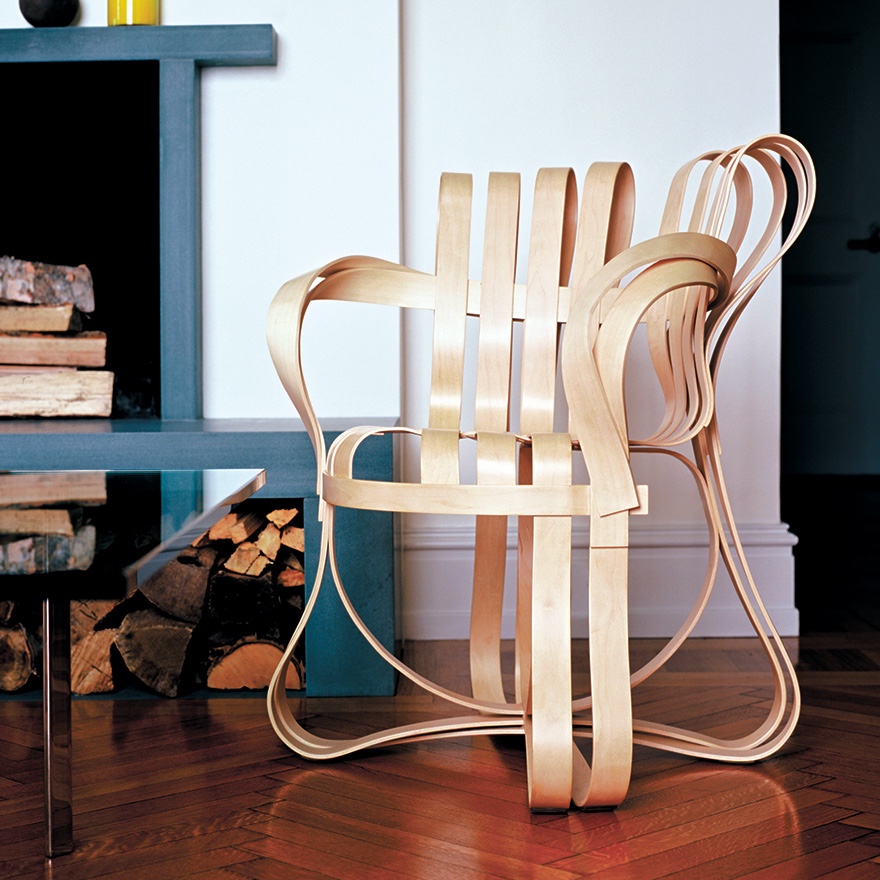
Images © 2016 Knoll, Inc.
S Chair
Designed in the late 1980s by Tom Dixon and manufactured from 1991/2 by Cappellini, the sinuous and serpentine-like S chair comprises a welded metal frame covered in wicker, fabric or leather. The chair’s original composition was made using steel, with rush added at a later date.
RELATED: 10 Iconic Chair Designs From The 1970s
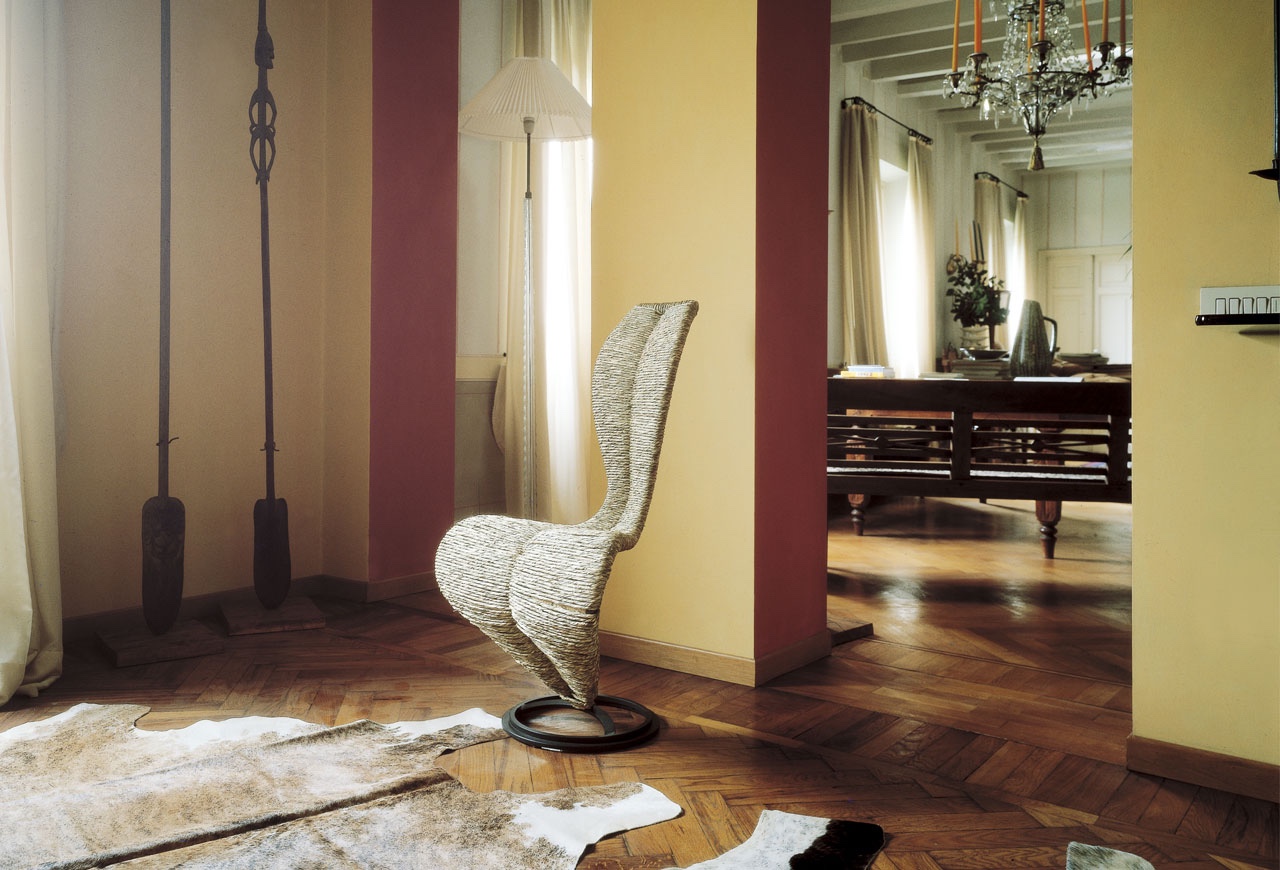
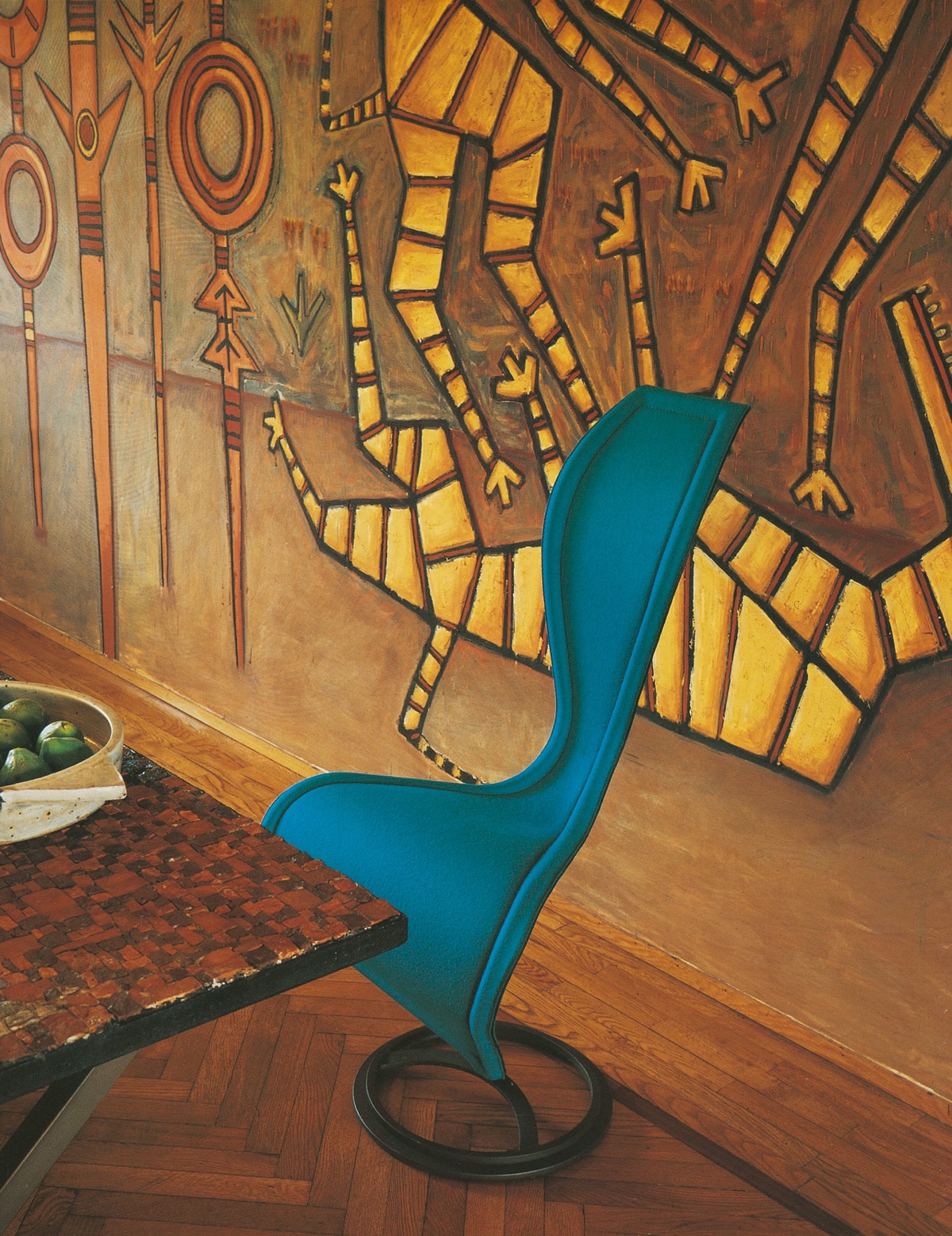
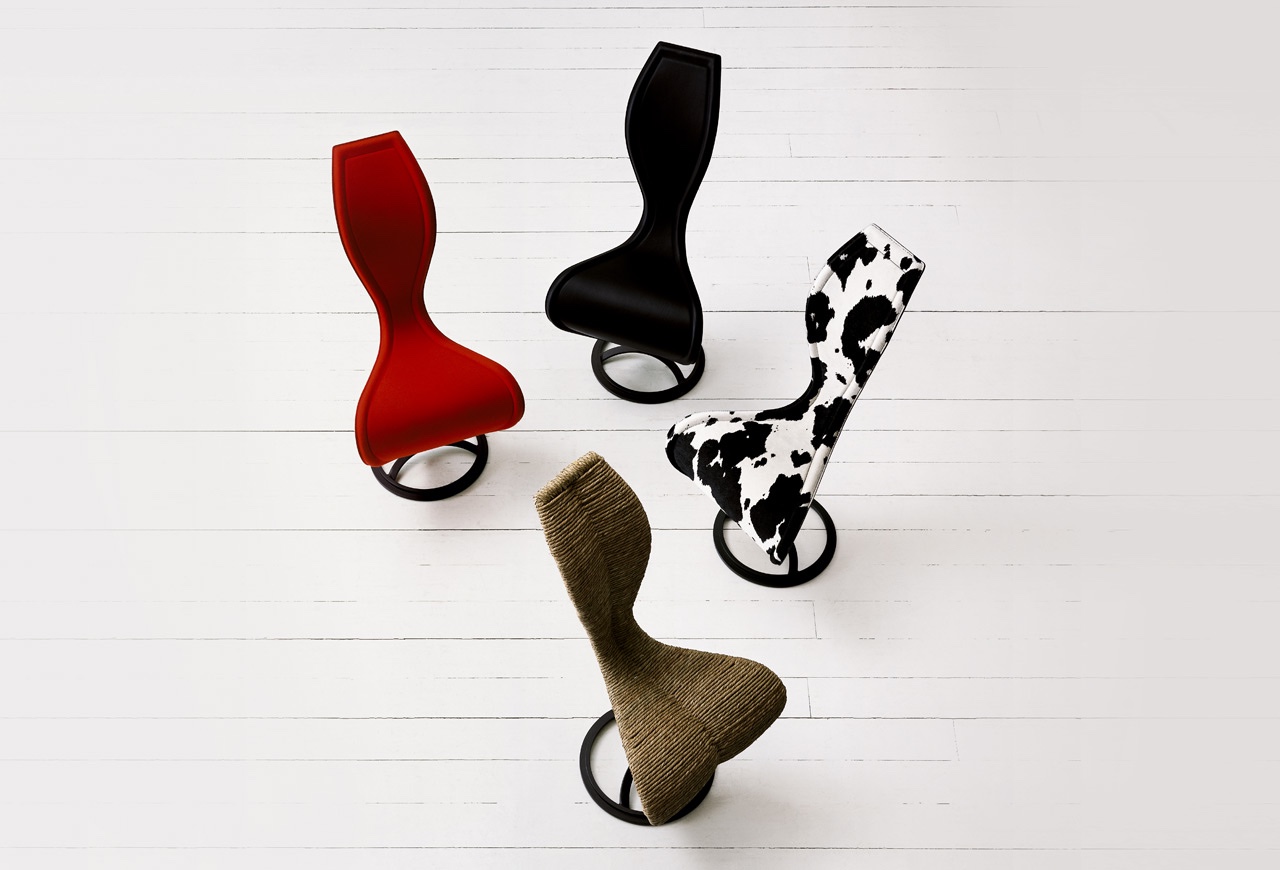
Images courtesy of Cappellini.
Rag Chair
Designed by Tejo Remy in 1991 for Amsterdam-based design company Droog, the Rag chair is made up of the contents of fifteen bags of rags. Unique in every respect, owners can include their own cast-off clothes in the final design. In many ways the Rag chair is a clever physical representation of our modern-day propensity for overconsumption. The chair is available in a numbered, but unlimited, edition.
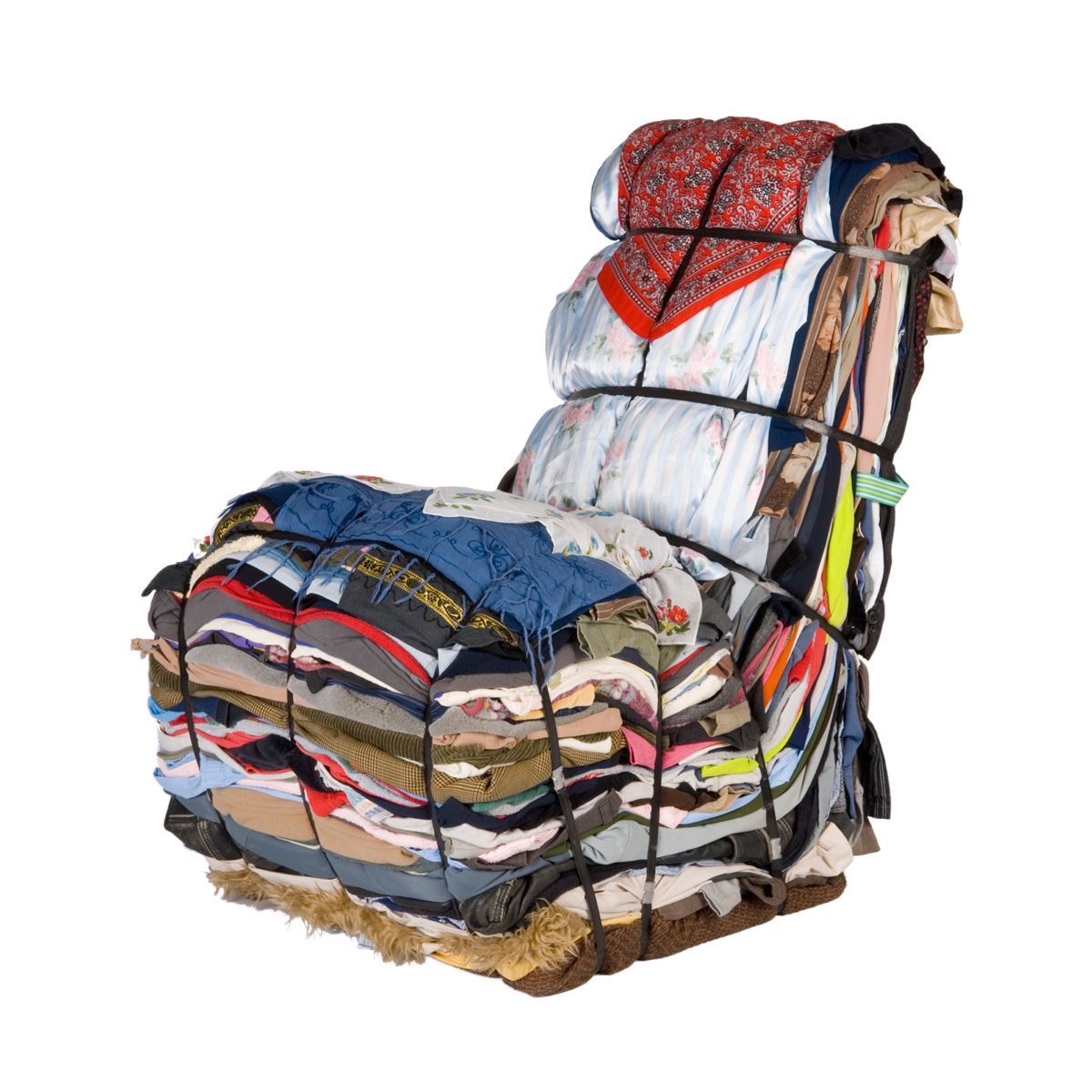
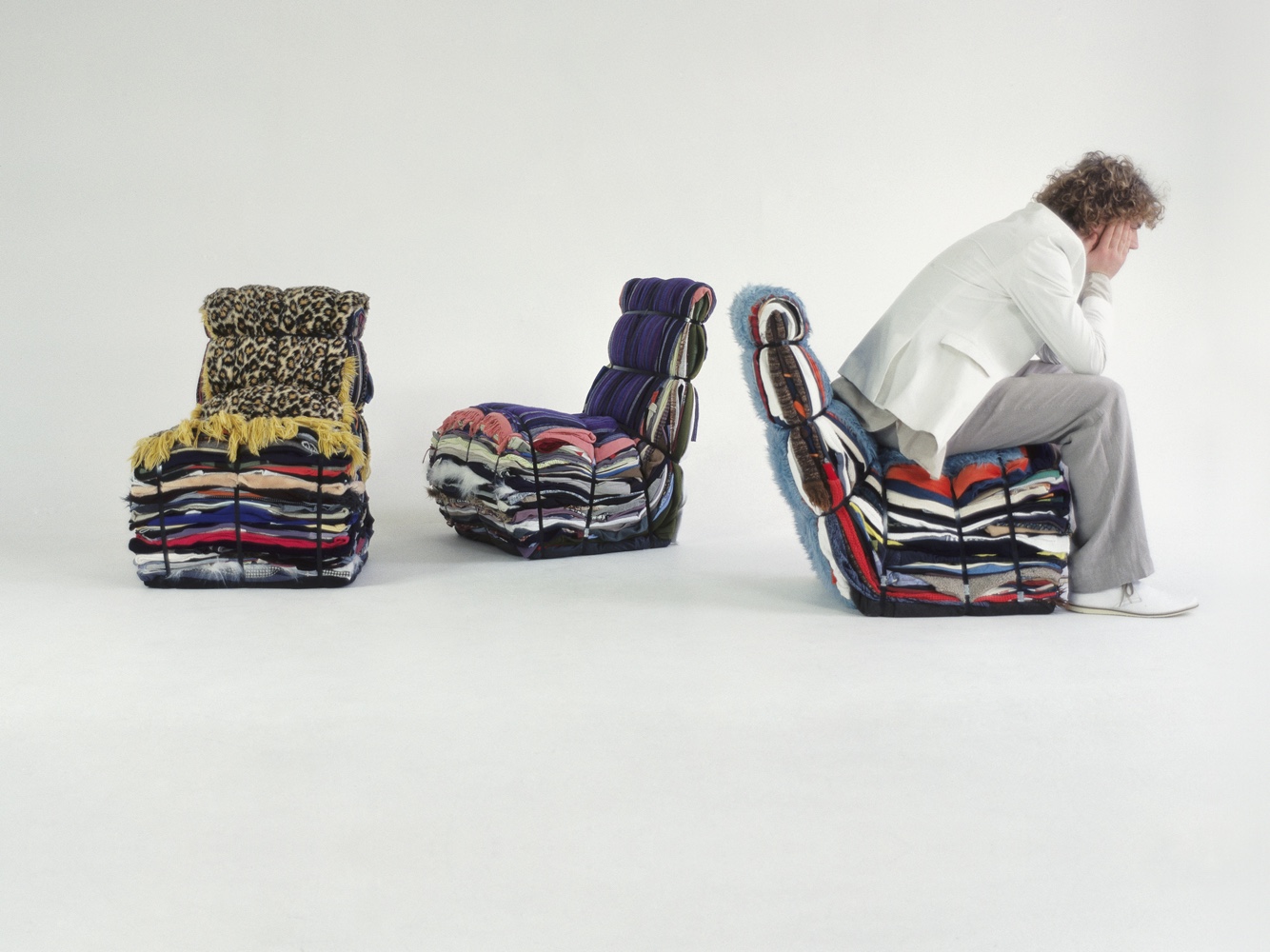
Images © 2016 Droog.
Felt Chair
Designed by Marc Newson in 1993 for Cappellini, the Felt chair is inspired by Newson’s fascination with the Japanese craft of origami. The Felt chair evolved while Newson was working on the design for his 1998 Orgone Chair and is in effect a hollow variation made with reinforced fibreglass.
RELATED: 10 Iconic Chair Designs From The 1960s
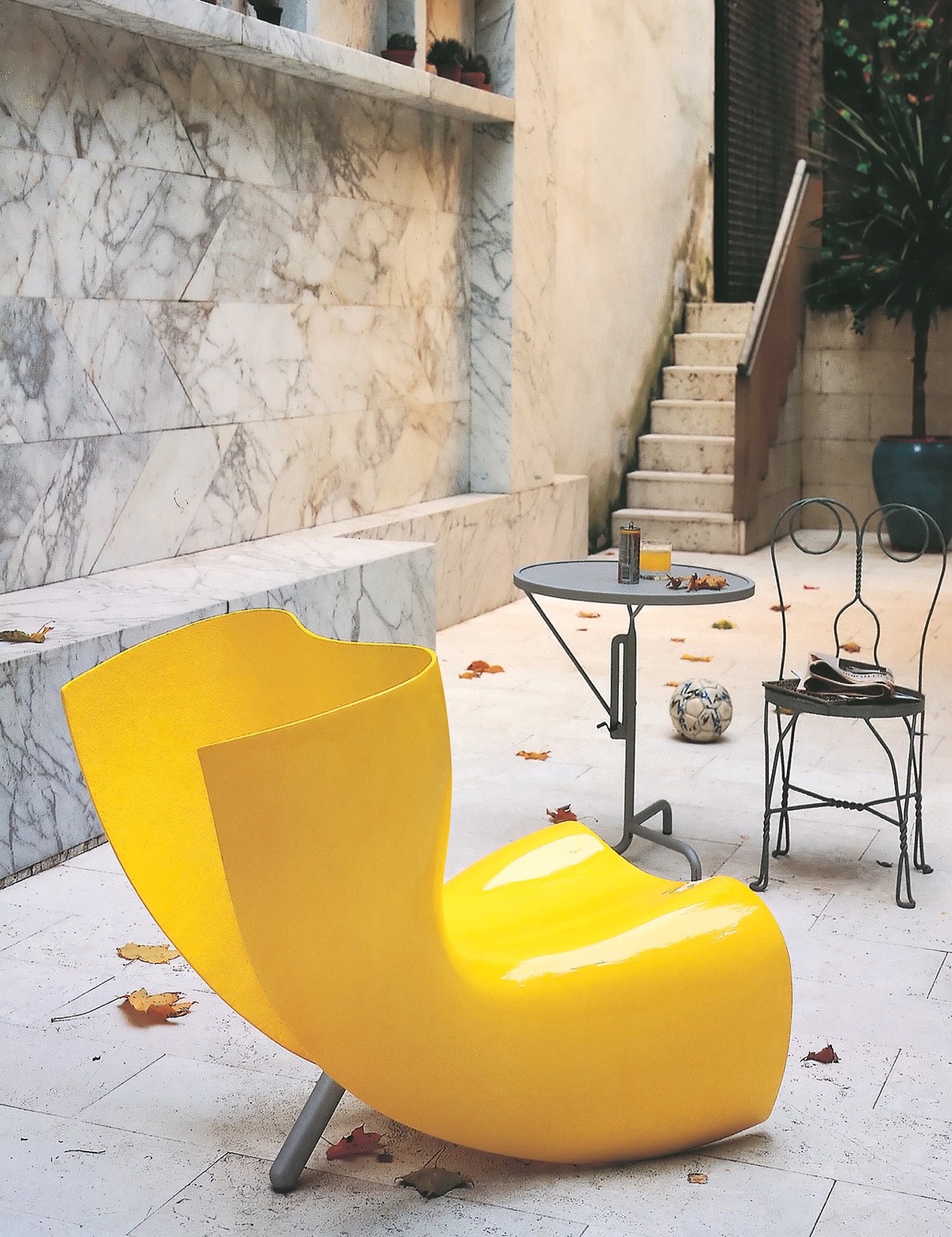
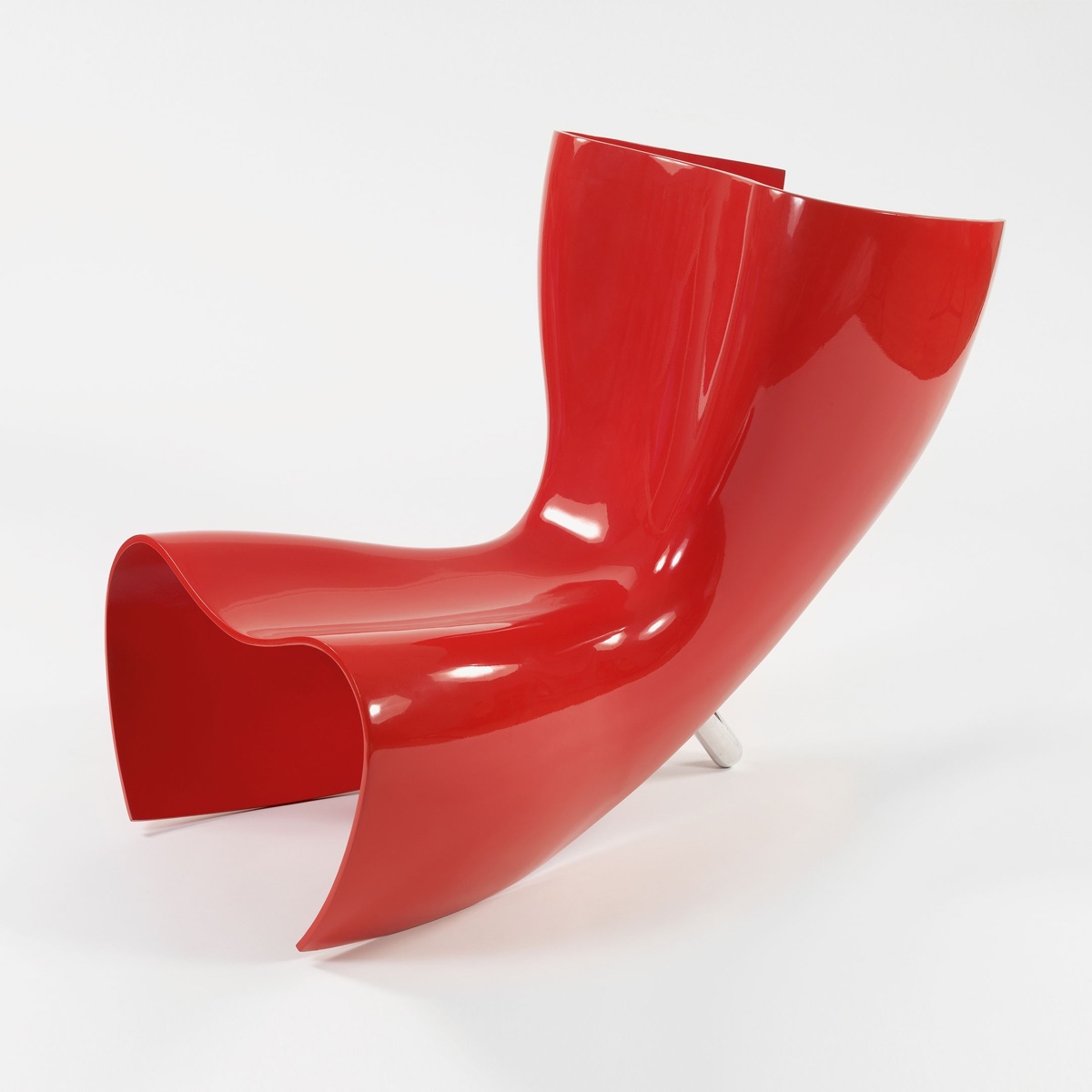
Aeron
Designed by Donald Chadwick and William Stumpf for Herman Miller, the Aeron chair made its debut in 1994. Chadwick and Stumpt combined their understanding of anthropological design and ergonomics with technological innovation to deliver a most conceptual chair. Whether or not Aeron is an aesthetic chair is debatable, however there is no denying its impact on the world of office chair design.
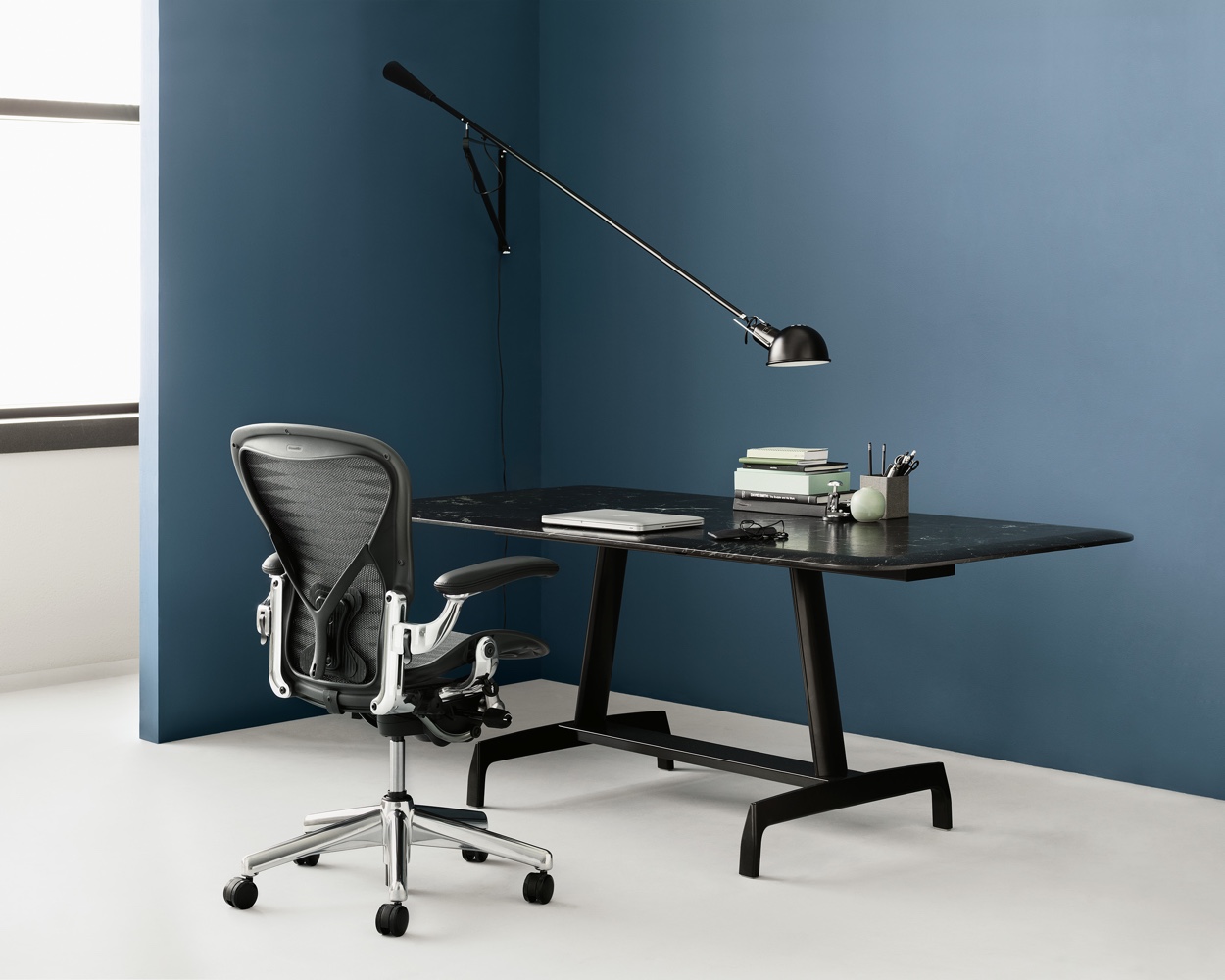
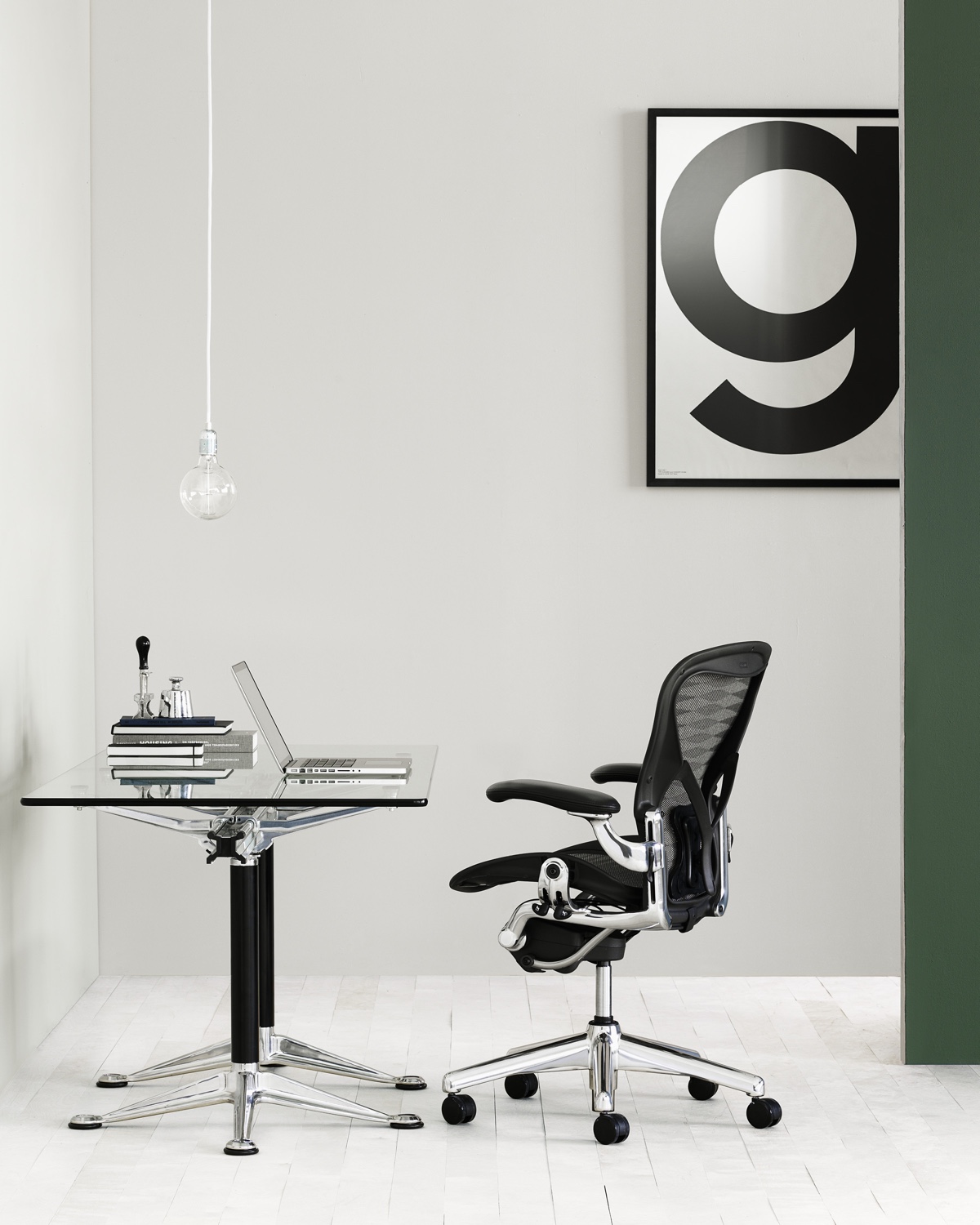
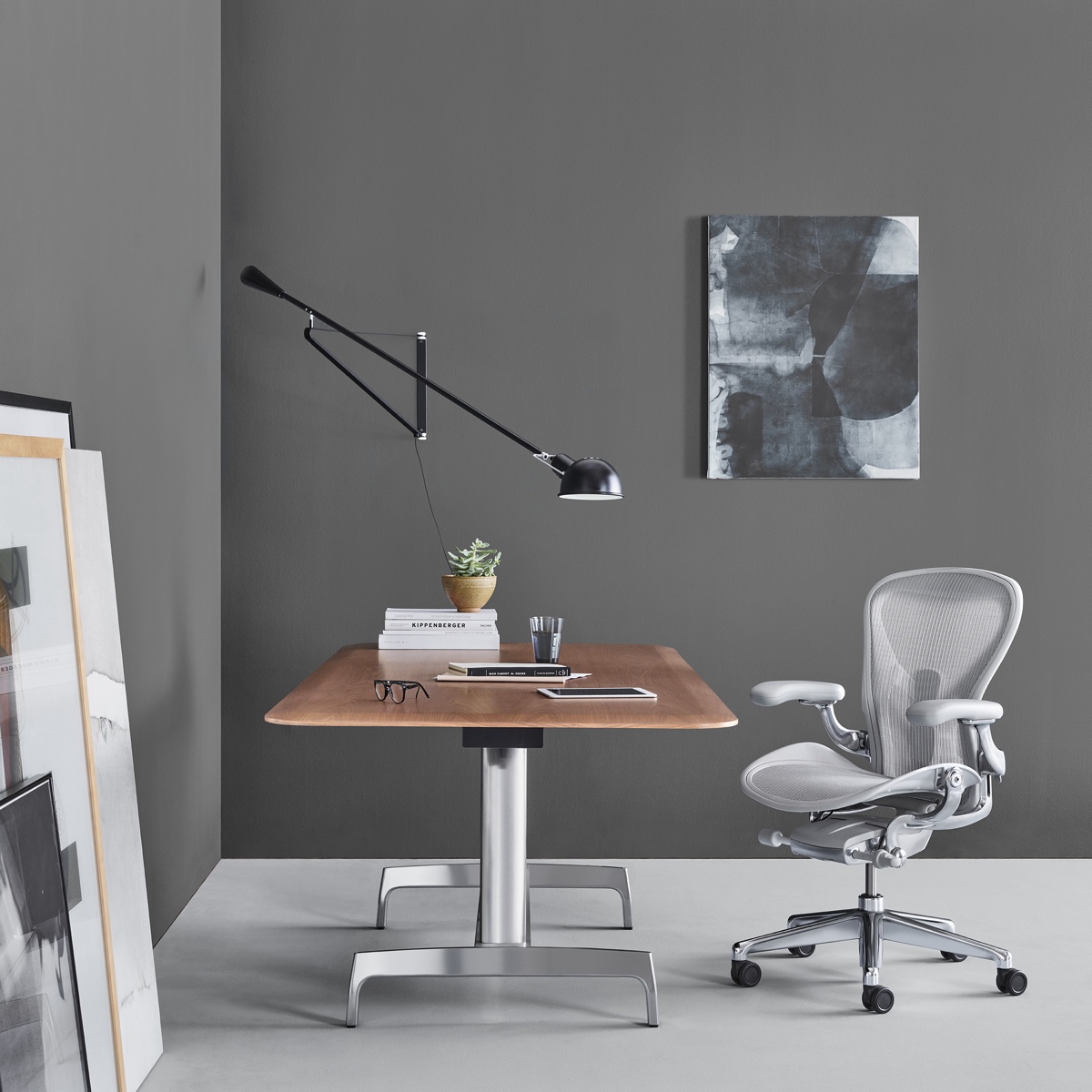
Images © 2016 Herman Miller, Inc.
Knotted Chair
Marcel Wanders’ 1996 Knotted chair (for Droog’s Dry Tech I project) brought the designer to worldwide attention. The lightweight seat is made by knotting lengths of synthetic rope around a carbon frame and infusing this with epoxy resin. The Knotted chair was produced by Cappellini until 2011 and now sits within the permanent collections of many museums.
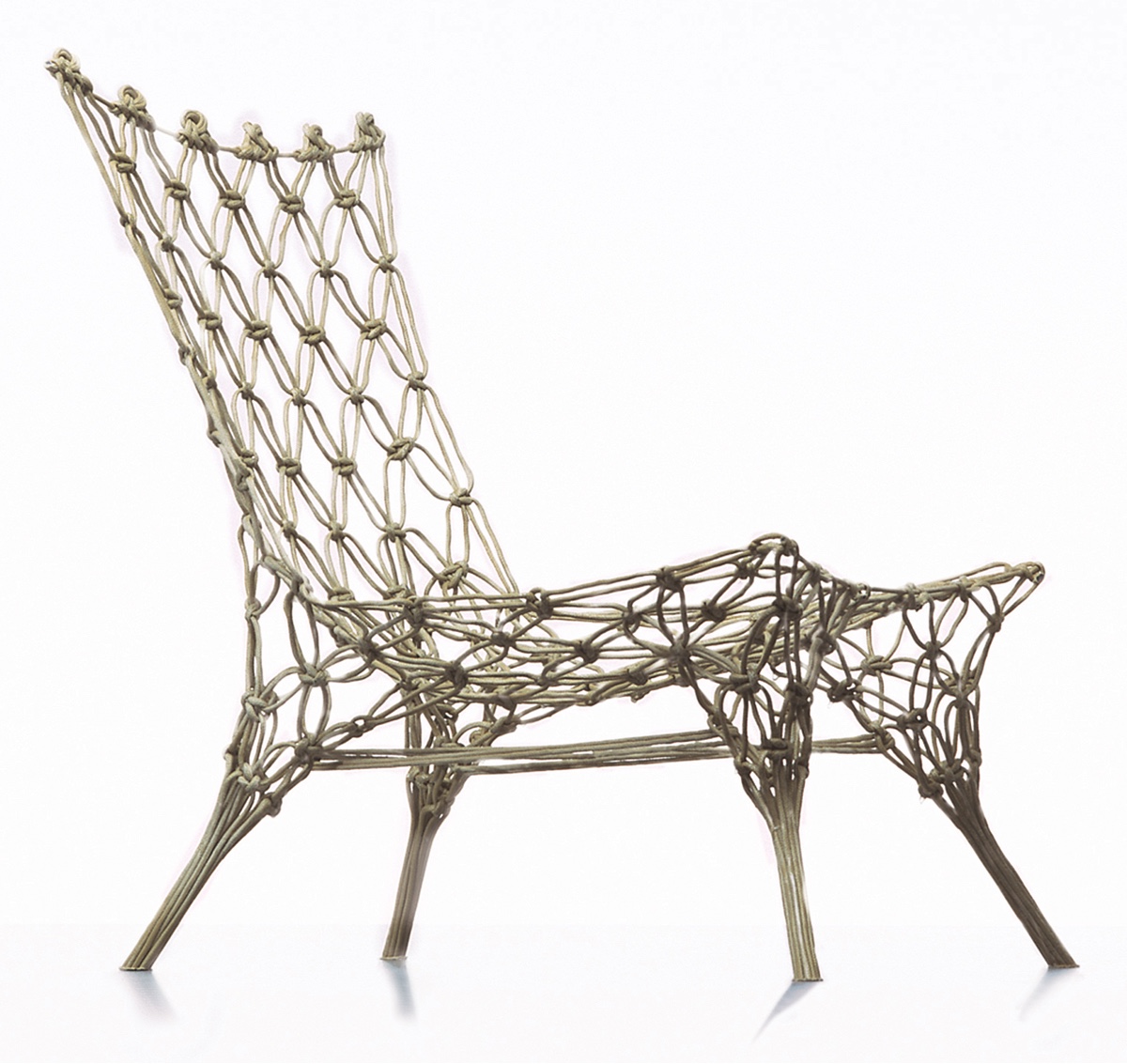
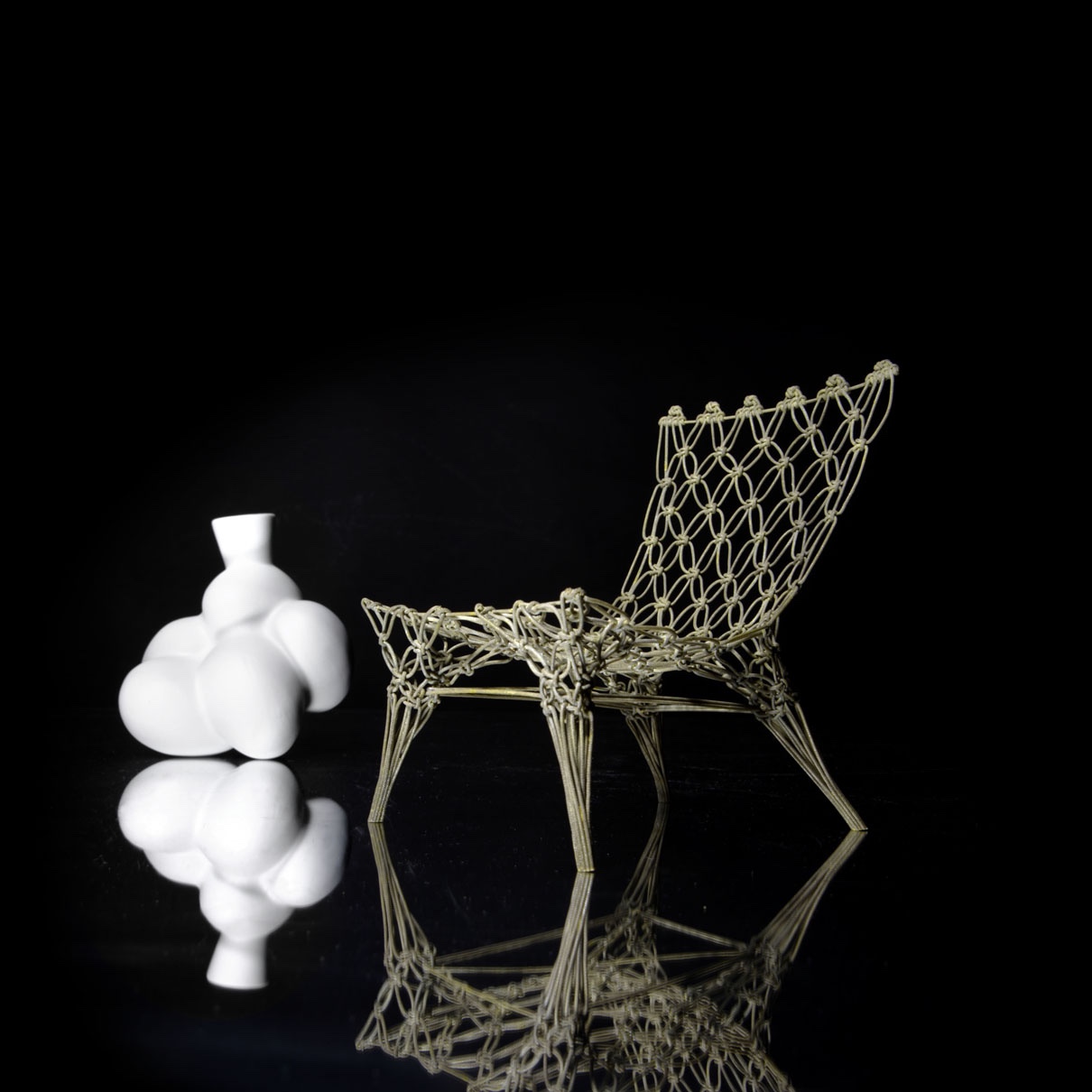
Images courtesy of Marcel Wanders.












